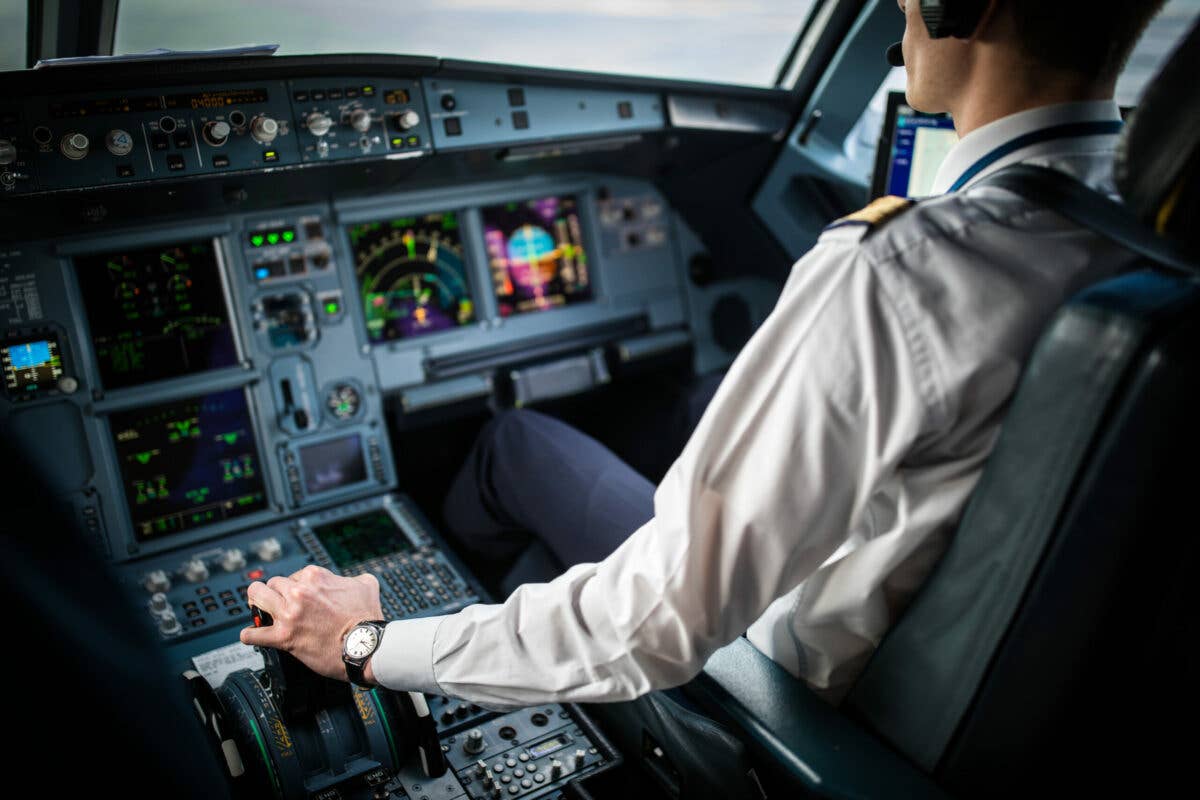NBAA Calls for Pilot Rest Rule Changes
The business aviation organization is urging changes to Part 135 rest and duty requirements ahead of FAA reauthorization.

In a letter to House lawmakers, NBAA President and CEo Ed Bolen said that “preventing and mitigating [pilot] fatigue remains a universal area of concern.” [Credit: Shutterstock]
The National Business Aviation Association (NBAA) is calling for changes to Part 135 pilot rest rules and duty requirements ahead of a new FAA reauthorization bill.
In a June 1 letter to the House Transportation and Infrastructure Committee and aviation subcommittee, NBAA President and CEO Ed Bolen noted “preventing and mitigating fatigue remains a universal area of concern.” He urged for changes to Part 135 rest and duty requirements—namely to eliminate tail-end ferries and to require recordkeeping regarding the scheduling of both duties and prospective rest.
Tail-end ferries refer to flights flown at the end of a duty day that are filed as Part 91—meaning they wouldn’t be subject to Part 135 rest requirements. A pilot could log a maximum duty day under Part 135 and still be able to accept a ferry flight (such as a repositioning flight) under Part 91 that would otherwise exceed allowable duty limits, posing a significant safety risk.
These tail-end ferries have been around since Part 135 rest and duty regulations were introduced in 1978, though talk of eliminating tail-end ferries has been resurfacing for years. In 2021, a Part 135 Pilot Rest and Duty Aviation Rulemaking Committee (ARC) composed of certificate holders, legal experts, industry associations, and other stakeholders, laid out recommendations to improve safety through revised rest and duty rules which include the aforementioned actions.
“The FAA and [National Transportation Safety Board] NTSB recognize that engaging in Part 91 flying after completing a Part 135 duty period of maximum duration poses a substantial safety risk that is deemed unacceptable,” wrote Bolen. “NBAA does not believe that the cost of ending ‘tail-end ferry flights’ will be significant, as many Part 135 operators already recognize the risks posed by such operations and voluntarily disallow ‘tail-end ferries.’”
In April 2018, a case involving an air ambulance helicopter operating a tail-end ferry flight ended in tragedy. The accident occurred at night under visual conditions. Prior to the flight, the helicopter pilot had flown three other flights for a total of 94 minutes of flight time over 2.5 hours. During the last portion of the flight, the helicopter entered a steep right bank while the pilot was unresponsive when medical crewmembers shouted his name. The helicopter then descended, became inverted and crashed, killing the pilot and two crewmembers onboard.
In this instance, the NTSB report mentioned the pilot's return to work from a week-long vacation during which his circadian rhythm would have had him sleeping. The report stated “the environment created by the helicopter vibration, darkness of night, and few operational demands during the cruise phase of flight would have increased the pilot’s fatigue and the body’s biological desire to sleep.”
Experts agree current regulations do not take the effects of circadian rhythm and duty time into account. Revisions to Part 135 pilot rest and duty would lean toward more progressive science-based rules.
In its recommendations, the ARC also urged the FAA to require certificate holders to record rest, duty, and flight times in sufficient detail to determine compliance with the rest, duty and flight time limitations of Part 135.
“While monitoring flight time is an important component of preventing fatigue, it is not the only component. Hence, the regulations stipulate flight and duty limits along with rest minimums. However, the regulation only requires recording the flight time, which is insufficient to ensure flight crews receive adequate, prospectively scheduled rest,” Bolen’s letter stated.
Lawmakers have until September 30 to agree on a new FAA Reauthorization bill. A markup of the House bill is expected this month with plans to bring it to the floor in July.

Sign-up for newsletters & special offers!
Get the latest FLYING stories & special offers delivered directly to your inbox






